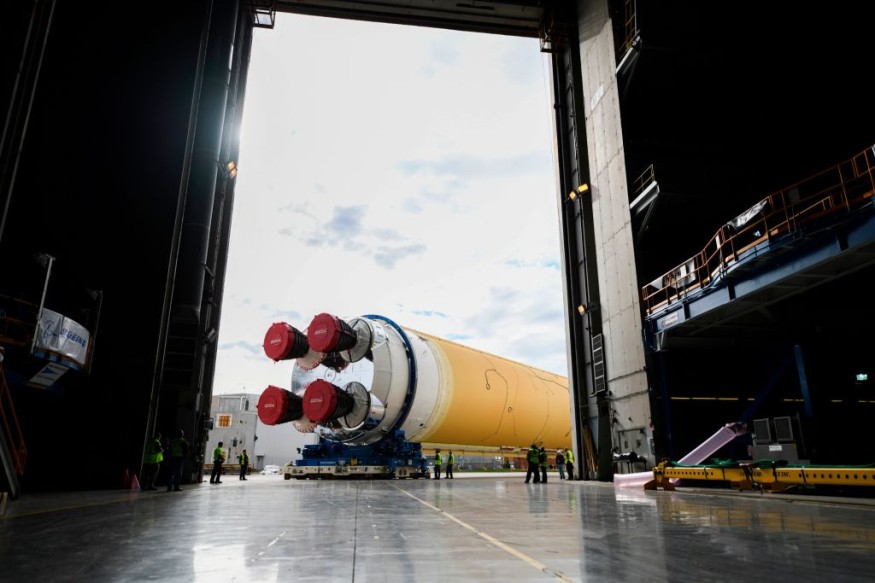The Near-Earth Asteroid Scout of NASA will be visited by a spacecraft by unfolding a solar sail to harness solar radiation for propulsion, making this the first deep-space mission of its kind, the agency, space news reports said.
As reported on the NASA website, launching with the Artemis I uncrewed test flight, the shoebox-size NEA of this American agency will chase down what will turn out to be the tiniest asteroid ever to be visited by a rocket.
The target is 2020 GE, a NEA below 60 feet in size. Asteroids tinier than 330 feet across have never been discovered up close in the past.
The spacecraft will employ its science camera to get a closer observation, gauging the object's size, shape, rotation, and surface properties while looking for any dust and debris that might surround 2020 GE.
2020 GE
Since the camera features a resolution of fewer than four inches a pixel, the science team involved in the mission will be able to identify if 2020 GE is solid, like a boulder, or if it is composed of tinier rocks and dust clumped together like some of its more massive asteroid cousins like the asteroid Bennu, a similar Space Channel News report said.
Giving credit to the discoveries of NEAs by Earth-based observatories, the mission's principal science investigator Julie Castillo-Rogez, from NASA's Jet Propulsion Laboratory in Southern California said, numerous targets had been determined for NEA Scout, all within the 16-to-100-foot size range. She added 2020 GE represents a class of asteroids that many presently know very little about.
2020 GE was initially observed in March 2020 by the Catalina Sky Survey of the University of Arizona as part of its quest for near-Earth objects for NASA's Planetary Defense Coordination Office.

NEA Scout
Developed under the Advanced Exploration Systems Division of NASA by Marshall Space Flight Center in Huntsville, Alabama, and JPL, NEA scout, is a science and technology demonstration mission that will improve the insight of NASA of tiny NEAs.
Employing a six-unit CubeSat form factor, the NEA Scout will ride as one of the ten secondary payloads aboard the powerful SLS or Space Launch System rocket, which will launch no earlier than March this year at the Florida-based Kennedy Space Center of NASA.
Then, the NEA Scout will be deployed from a dispenser attached to the adapter ring that links to the rocket and Orion spacecraft.
The mission will function as a nimble scout for future robotic and human missions that may employ asteroid resources and gain essential planetary defense understandings about the NEA class.
Even though massive asteroids are of most concern from a planetary defense perspective, objects such as the 2020 GE, for one, are far more typical and can posture a hazard to the planet amidst their tinier size.
In connection to this, the Chelyabinsk Meteor, as described in a NASA report, resulted from a tiny asteroid roughly 65 feet in diameter. It exploded in February 2013 over the Russian city, producing a shockwave that broke windows throughout the city, injuring over 1,600 individuals. That was the same NEA class as 2020 GE.
Related information about solar sails is shown on Bloomberg Quicktake's YouTube video below:
RELATED ARTICLE : New NASA Rocket Fixed; SLS Designed to Take Astronauts to the Moon
Check out more news and information on Space in Science Times.











